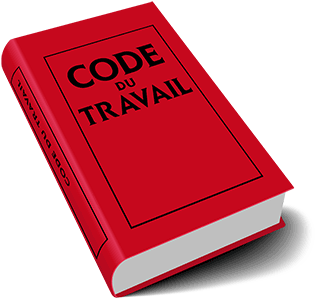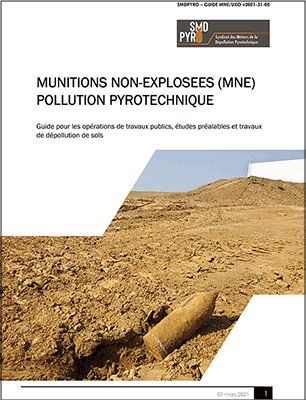Regulation
DEMINETEC Group: An experienced team specialized in Explosives clearance
Regulation concerning explosives clearance is very strict and covers the full range of operations that may be performed on French soil.
The Environmental Code, article L.556-2 stipulates that all “construction or development projects planned in a soil information sector (SIS)(...) are subject to a soil study to establish pollution management measures to be implemented to ensure compatibility between the future use and the condition of the soil.”
Article R.125-43 of the Environmental Code specifies that the SIS does not apply to two specific, sensitive types of contamination, including explosive contamination, with reference to the Internal Security Code (CSI). This exclusion from the SIS does not exclude the project owner from the soil study on their land. In this sense, they will respond directly to specifications of article 5 of Decree 2005-1325, modified 2010, if the terrain is not the property of the Ministry of the Armed Forces, and will thus comply with their security obligations defined in the Labor Code (articles L-4121-1 to 3 and, above all, L.4531-1).
The sponsor holds civil and penal responsibility for these obligations.
The project owner or company carrying out the works on the subsoil shall therefore consult contractors specialized in explosives clearance, as per Decree 2005-1325, modified 2010
These contractors shall therefore be responsible for complying with particular safety rules of explosives clearance worksites, open and controlled within the framework of a building and civil works worksite which are defined and governed by Decree 2005-1325 modified by Decree 2010-1260 and its 2 ministerial orders.
In order to accompany project owners in understanding and controlling the explosive risk, the French Union of Explosives Clearance Trades (SMDPYRO) has created a guide for public works operations, prerequisite studies and clearance works on soils liable to contain unexploded ordnances (UXO).
Guide - Click here


